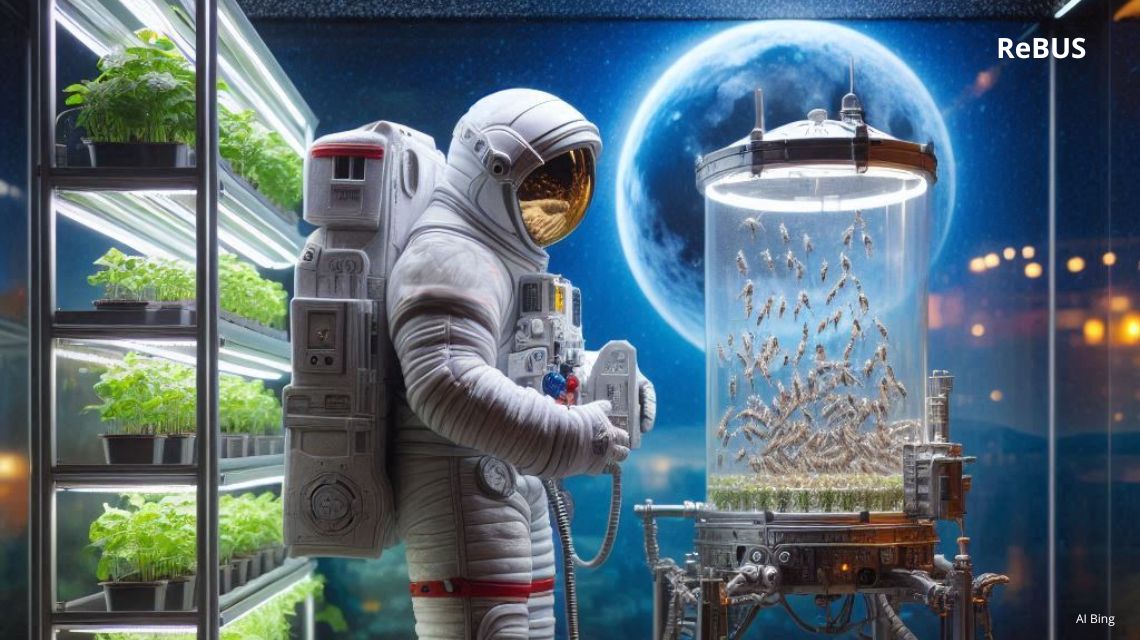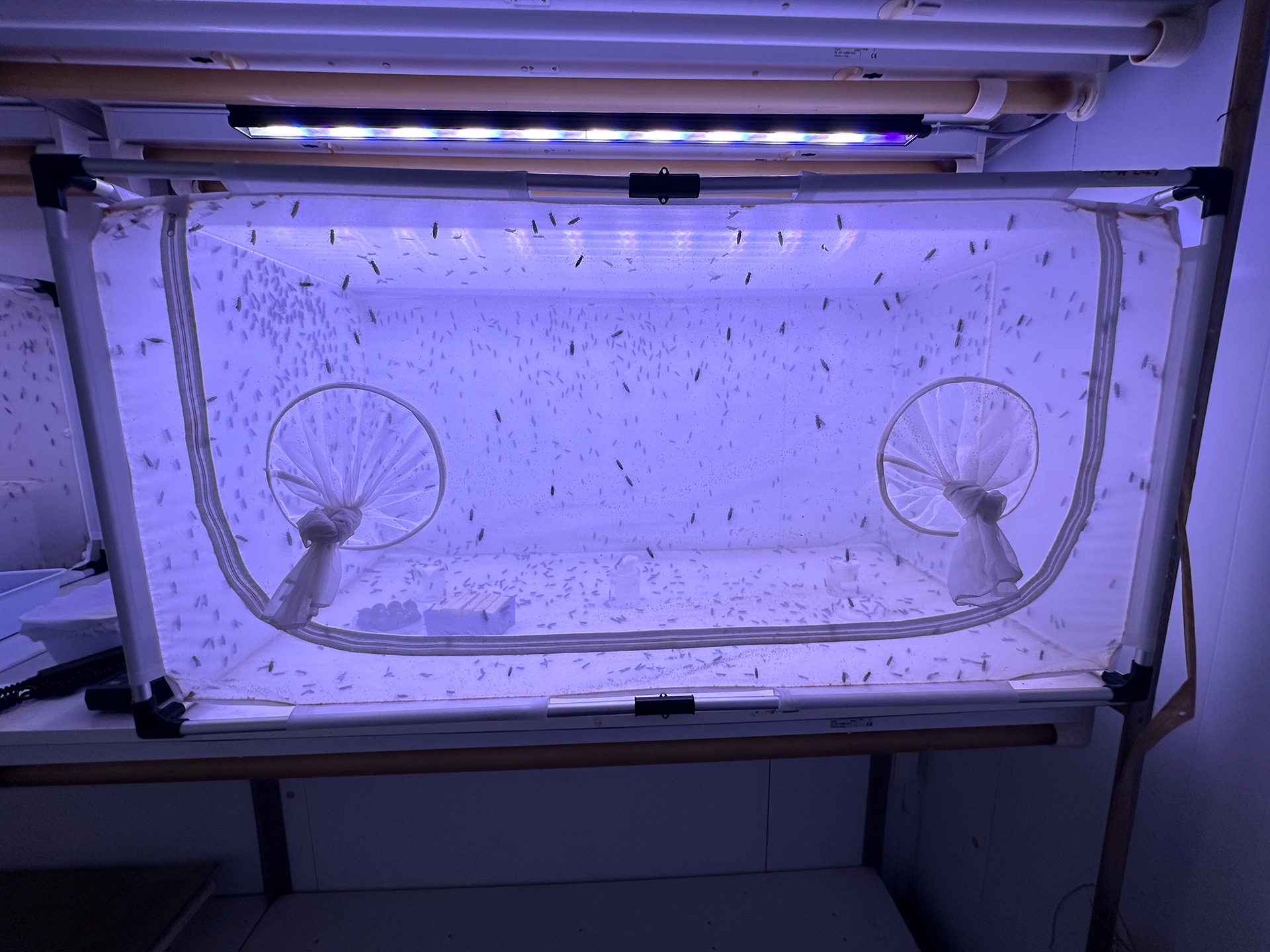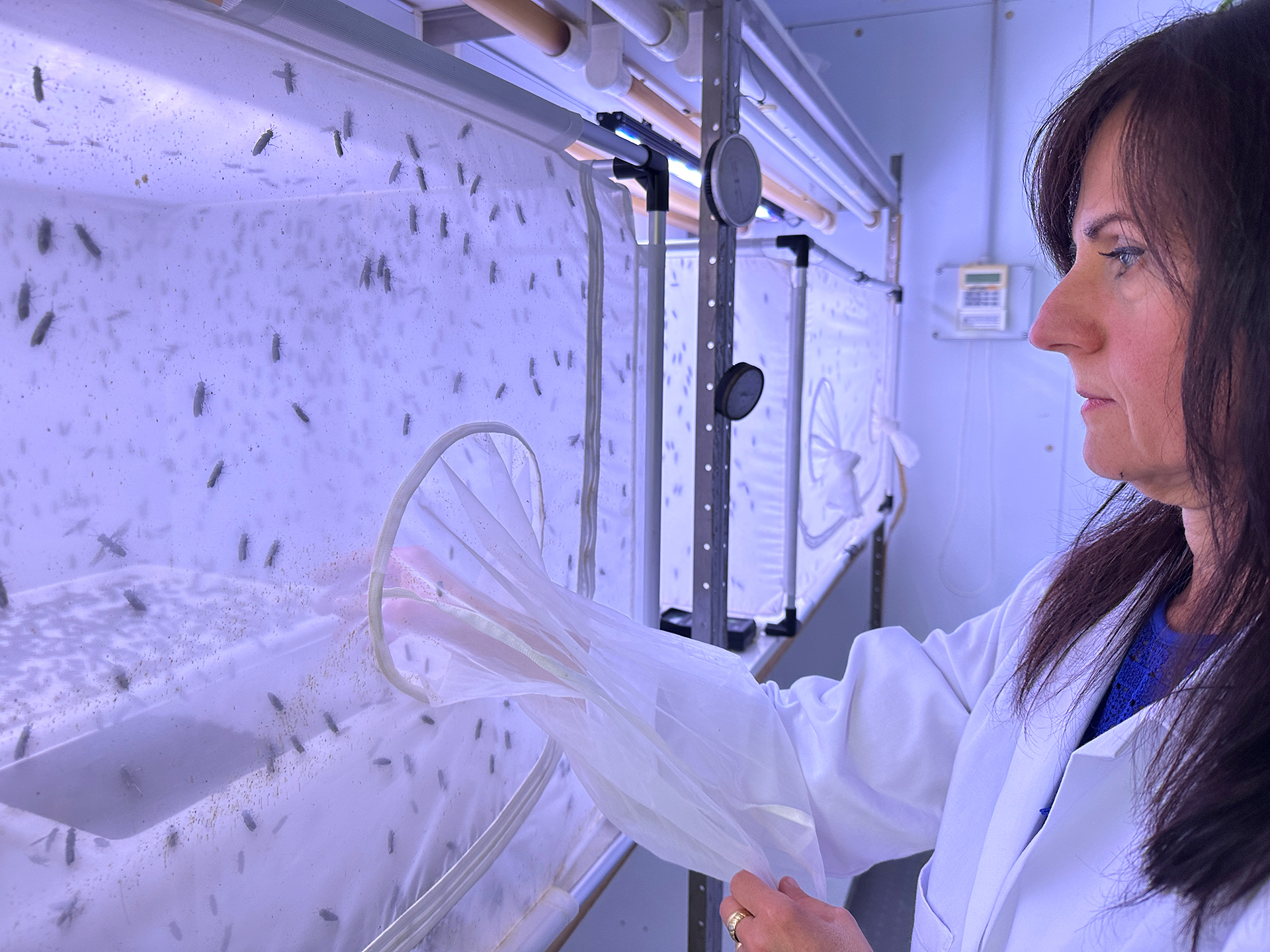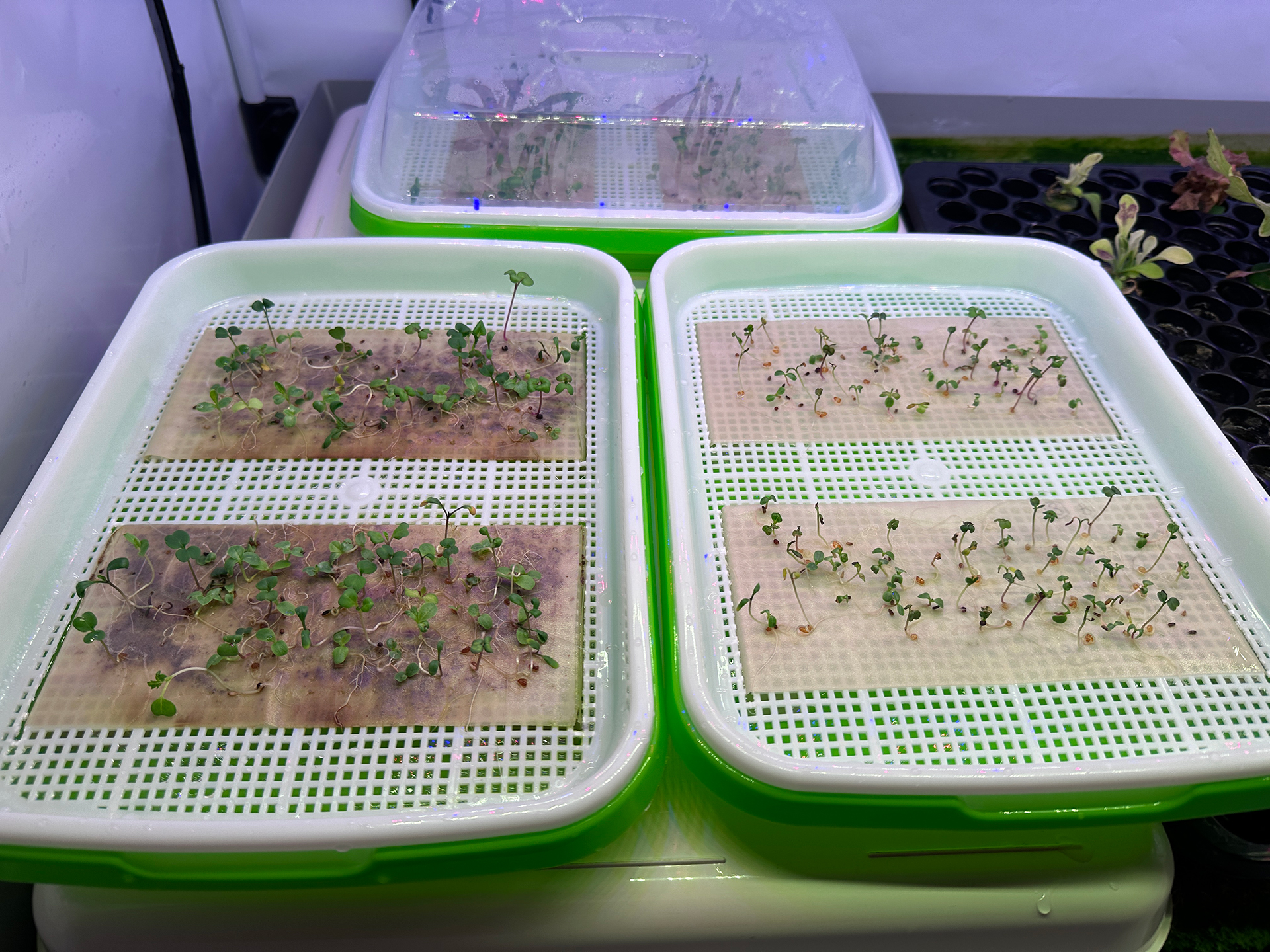Italian National Agency for New Technologies, Energy and Sustainable Economic Development

Space: From ENEA and ASI advanced biotechnology for human nutrition in spaceflights
ENEA, as part of the ReBUS project[1] funded by the Italian Space Agency (ASI)[2], which includes the Cnr, Istituto Superiore di Sanità (ISS), Thales Alenia Space Italia, Kayser Italia, Telespazio and the Universities of Tor Vergata, Pavia and Federico II of Naples as coordinator, has developed an insect based system converting waste produced by astronauts into fertilizers to grow microgreens, providing fresh food in long-duration spaceflight missions.
These are actual space techno-ecosystems ensuring optimal recycling of resources, making spaceflights increasingly independent of Earth in terms of supplies. This objective requires safe and efficient solutions for a circular space bioeconomy that includes cultivation of plants, fertilized by recycling organic waste. The aim is to ensure fresh food production for astronauts while reducing waste and its management costs.
“The new race to explore space, which includes main international space agencies and private companies, is developing through the ARTEMIS program coordinated by NASA, whose long term goal is to establish permanent bases on the Moon, whose fuel refill cannot be constantly supplied from Earth as for the International Space Station,” explained Angiola Desiderio at the ENEA Biotechnology Laboratory. “Therefore waste becomes a fundamental resource to be recovered and recycled, by creating bioregenerative systems to support life in space, the so-called BLSS (Bioregenerative Life Support Systems)”.
In addition to the interaction between humans and plants, bioregenerative systems also need degrading organisms in order to create a closed ecosystem in which the waste produced by an organism represents the vital resource for the other.
Based on NASA data on waste produced during missions to the International Space Station, ENEA created mixtures composed of food waste, cellulose wipes, inedible parts of vegetable (roots, leaves and stems) and human urine, and subjected them to bioconversion processes using two categories of degrading organisms: bacteria that work in anaerobic conditions and larvae of the soldier fly (Hermetia illucens), a species of dipteran fly also used in terrestrial composting plants.
After having characterized specific bacterial consortia capable of digesting organic matter and reducing it to molecules that can be used by plants as nourishment, ENEA analysed the digestion products and tested them in microgreens cultivation experiments, demonstrating their potential to be used as fertilizer. The same mixture was then used to develop degradation methods with soldier fly larvae, a species particularly suited to space applications thanks to its limited tendency to fly, efficiency and speed in the bioconversion process, and ability to degrade heterogeneous and complex matrices.
ENEA researchers studied degradation in terms of process efficiency and effects on the insect's life cycle and identified optimal conditions for waste transformation and effectiveness on plant growth.
“We aim to develop sustainable, closed and functional systems for resource-recycling food production in space”, said Angiola Desiderio. “But the principle of sustainability – she concluded – is certainly of interest also on earth where an efficient use of resources is a key issue that requires adequate solutions, based on circular bioeconomy criteria. Particularly in poor producing areas due to low soil fertility, such as hot or cold desert areas, or where environmental conditions (extreme temperatures, environmental contamination, war contexts) force us to cultivate in artificial environments in which to effectively recycle the available resources”.



